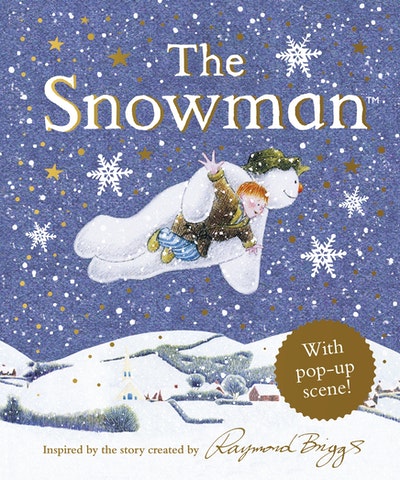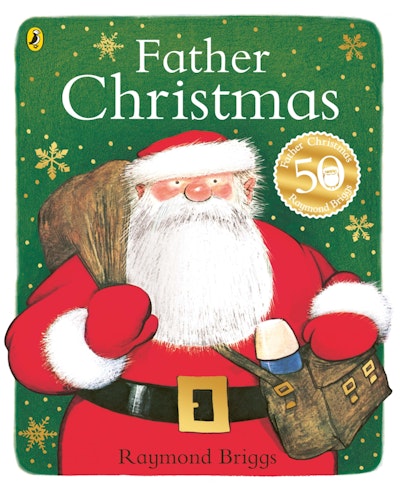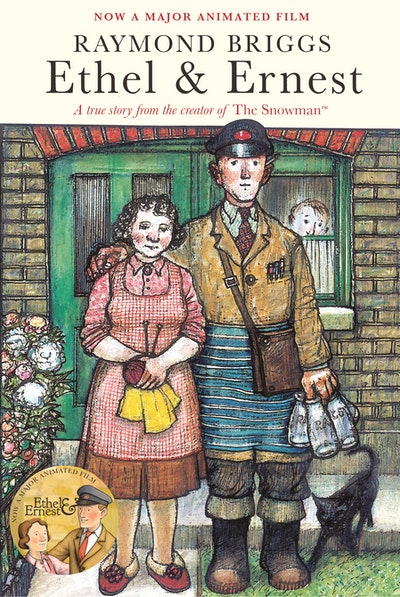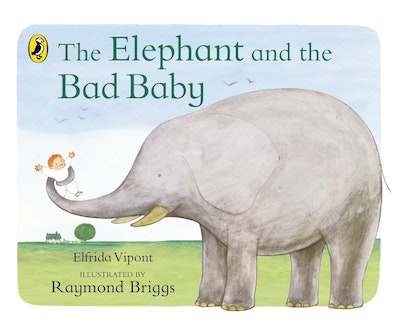A wonderful re-telling of a classic children's tale from author of The Snowman, Raymond Briggs.
Early one morning, Jim woke up and saw a massive plant growing outside his window. And he began to climb.
In this re-telling of the classic children's story by bestselling author, Raymond Briggs, a little boy called Jim finds a beanstalk outside his window. Like Jack, he decides to climb it - and at the top, he finds a huge castle and a rather grumpy giant.
But this giant isn't at all what Jim expected.
This read-aloud or read-alone story is packed with engaging illustrations and simple text, ideal for younger readers, and told with Raymond Briggs' classic humour.
This funny and yet heartwarming story showcases the importance of friendship, problem-solving, and above all - kindness.
More classic stories from Raymond Briggs:
The Snowman - the wordless picture book
Father Christmas
UG: Boy Genius of the Stone Age
The Elephant and the Bad Baby









